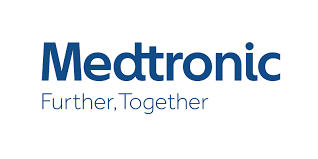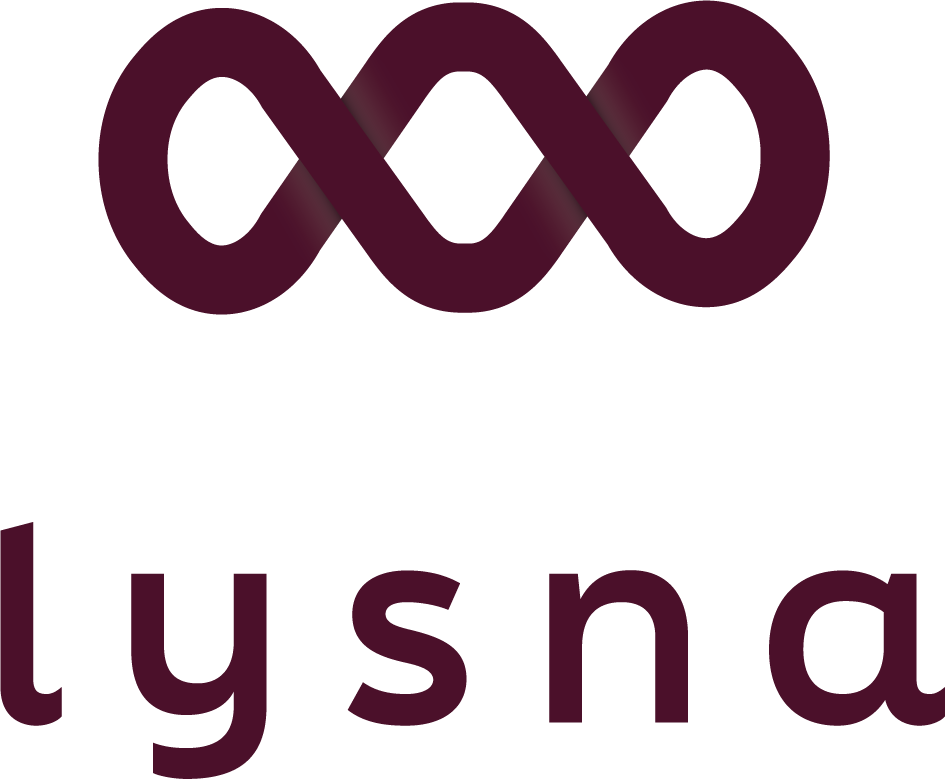
European Inside Sales team
The High5teams approach is a 90-day development programme that helps (remote) teams improve their communication, resilience, problem-solving, and positivity. It involves a questionnaire to assess psychological safety levels and verbal behaviour analysis, with team and individual feedback sessions. The programme has helped this inside sales team become more open, supportive, and efficient in their communication, leading to better results and team cohesion.

" A number of people are much more open than before. There is more conversation below the waterline. They support each other more actively and the humour is further enhanced. The programme really helps! I highly recommend this programme for other teams looking to grow together.."
- Linda Janssen Abdullah, Teamleader Medtronic
- Linda Janssen Abdullah, Teamleader Medtronic
So what happened?
In workshops held three months apart, the team was observed and received feedback on their verbal behaviours, which resulted in changes in communication patterns, increased initiative, and more efficient meetings.
The team leader's behaviour also changed, encouraging team members to propose ideas. Through this journey, the team was empowered to choose their growth behaviours, resulting in positive changes for all team members.
The team leader's behaviour also changed, encouraging team members to propose ideas. Through this journey, the team was empowered to choose their growth behaviours, resulting in positive changes for all team members.
—
1
Challenges
2
Process
3

